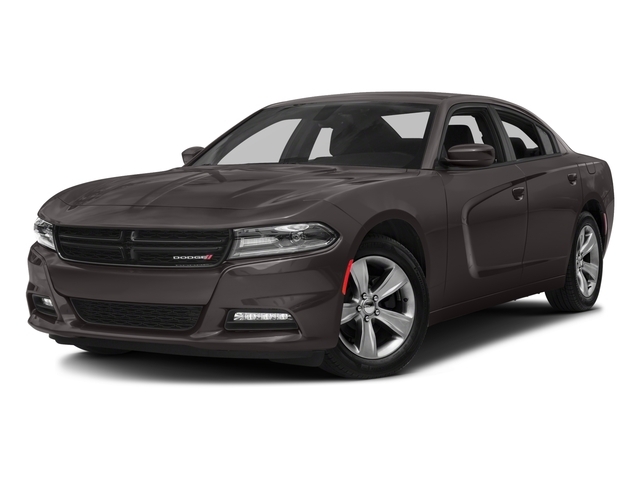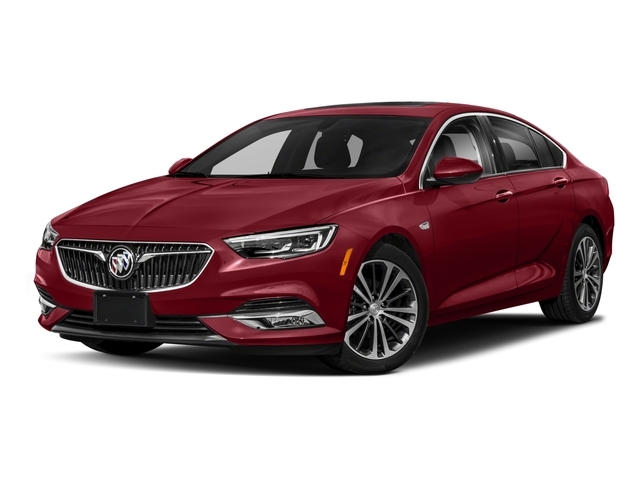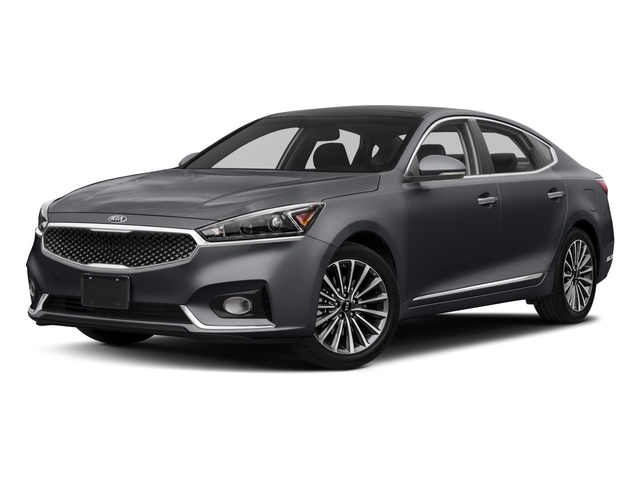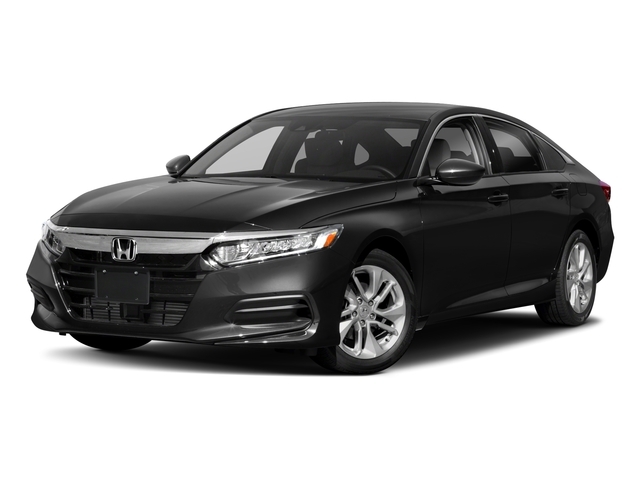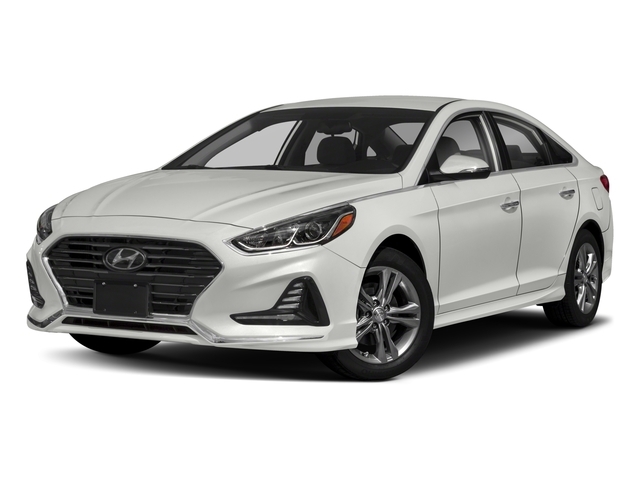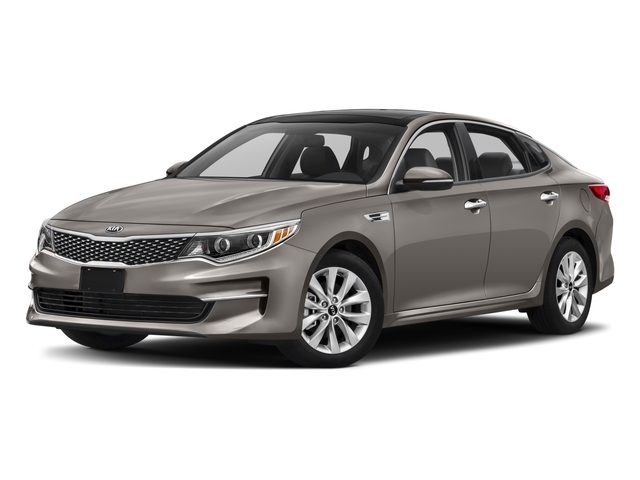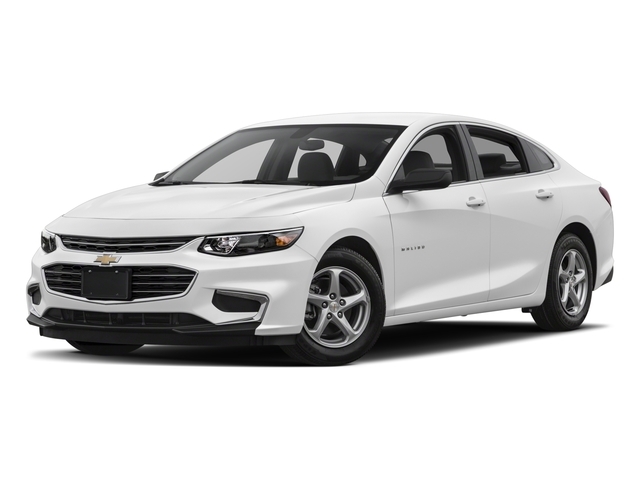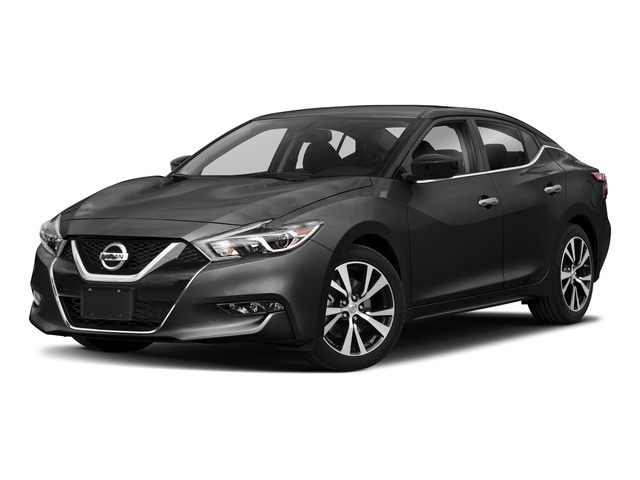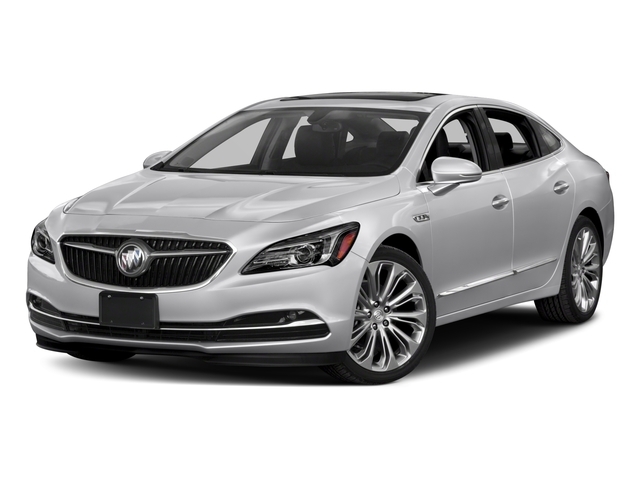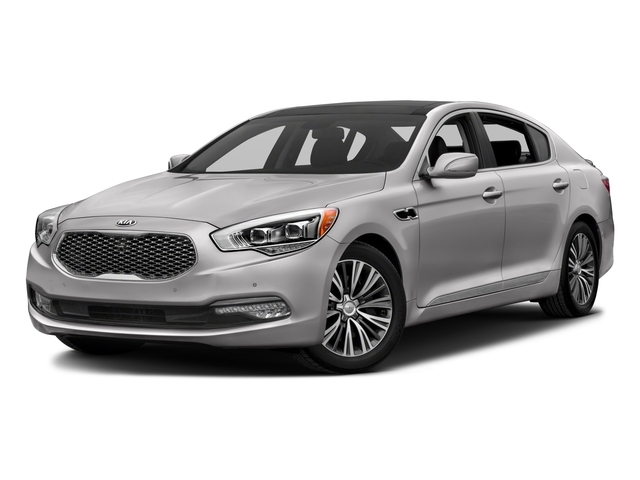
2018 Ford Taurus


Key Specifications for 2018 Ford Taurus






Buyer’s Guide
How the mighty have fallen.
Twenty or thirty years ago, the Ford Taurus was everywhere, a car conceived to take on the Honda Accord, Toyota Camry and Chevrolet Malibu. It was successful, too, becoming a household name to rival any family sedan that had come before it.
But then, Ford made the ill-advised decision in the late 2000s to ditch the Taurus name, and things have never been the same. And that's a shame, because while the Taurus remains an unexciting car, it's a comfortable and competent big sedan that deserves more attention than it gets.
Once again, a car now better known for its popularity among police departments is available to civilian buyers in four trims: SE, SEL, Limited and SHO.
In the first three, power is from a 3.5L V6 making 288 hp and 254 lb-ft of torque, and those cars can be optioned with a 2.0L turbocharged four-cylinder good for 240 hp and 270 lb-ft of torque. Atop the range is the mighty SHO, a sport sedan aspirant with a twin-turbo 3.5L V6 that makes 365 hp and 350 lb-ft.
All Taurus models use a six-speed automatic transmission; AWD is optional in SEL trim (only with the V6) and standard in Limited and SHO.
Competitors here include the Chevrolet Impala, Toyota Avalon and Kia Cadenza, all of which boast more rear-seat stretch-out space. However, we'd argue the Taurus is the driver's car of the bunch thanks to a chassis that feels better dialed for attacking the off quick corner or highway on-ramp.
Ultimately though, the Taurus is simply a nice way for a few people to get around.
All models get blind spot monitoring as standard, as well as a backup camera. Available items include a heated steering wheel, rear-window sunshade, backup sensors, power-adjustable pedals, six-way power driver's seat with lumbar and side mirrors with convex blind-spot mirrors.
Fuel consumption estimates are 11.8/8.0 L/100 km (city/highway) for 2.0L turbo models, 13.1/8.7 L/100 km for V6/FWD cars and 14.6/10.0 for V6 models optioned with AWD.
Review & Compare:
Photos

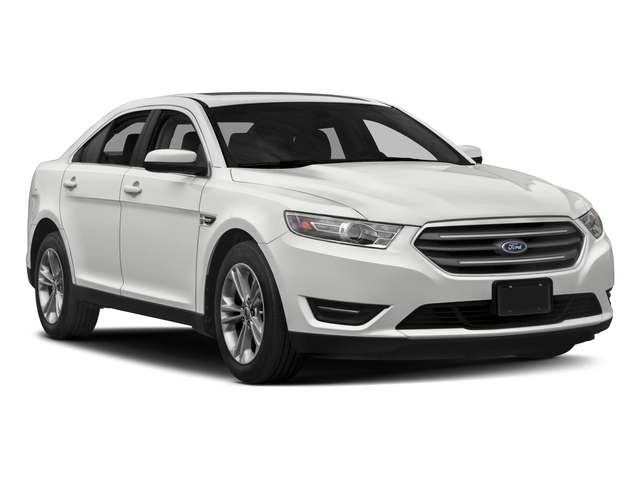


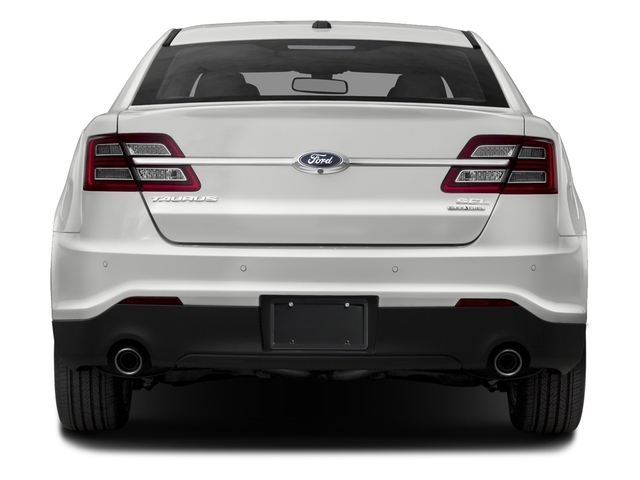
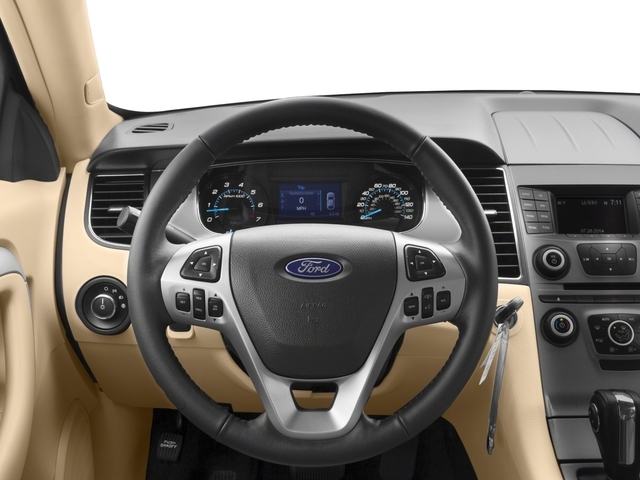
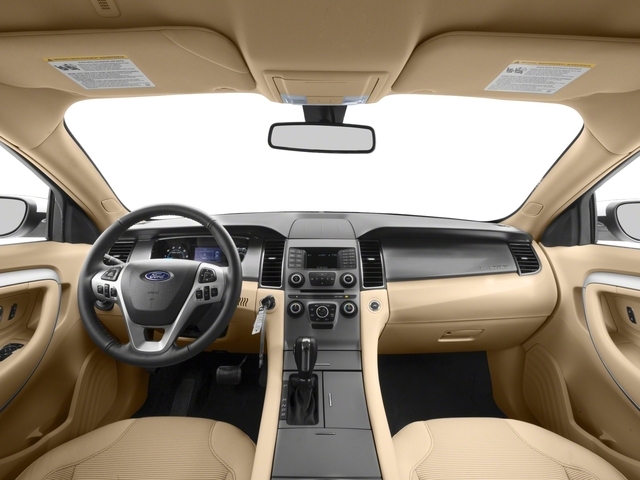
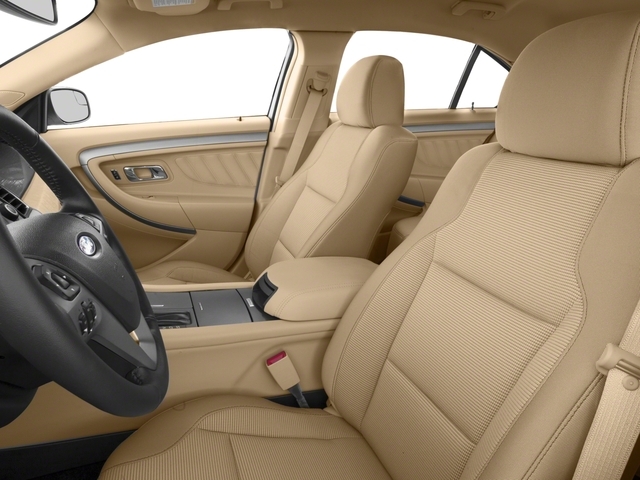
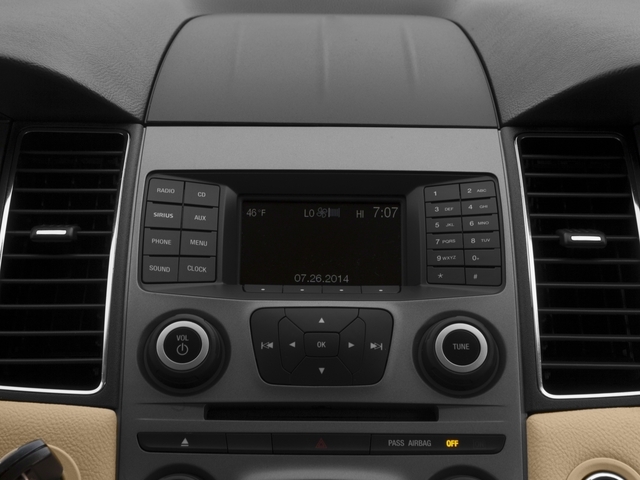
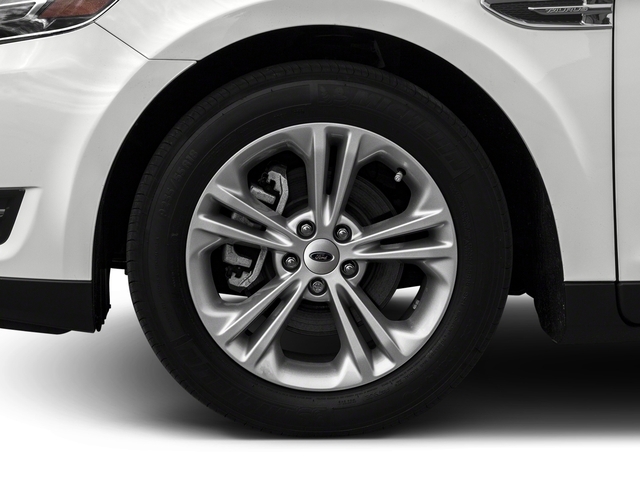
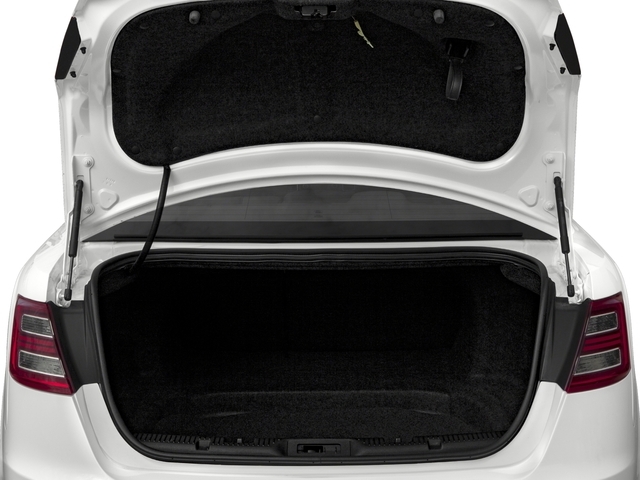
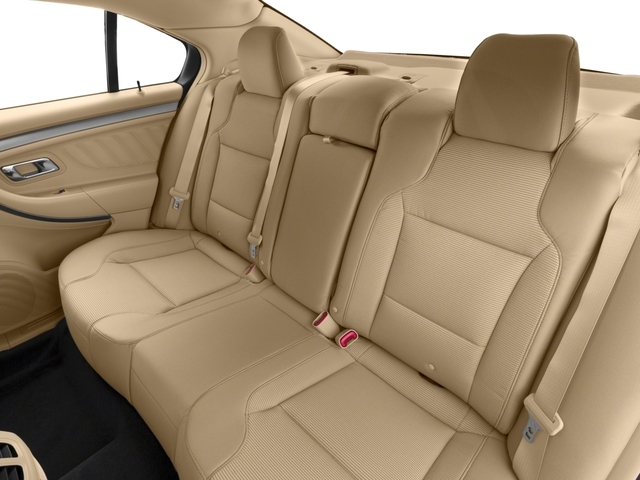
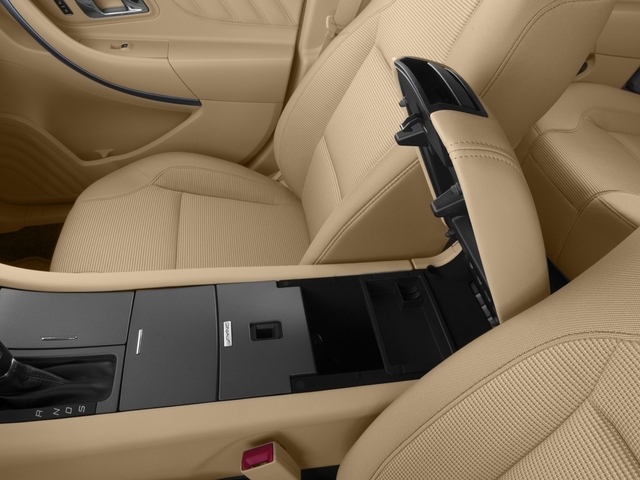
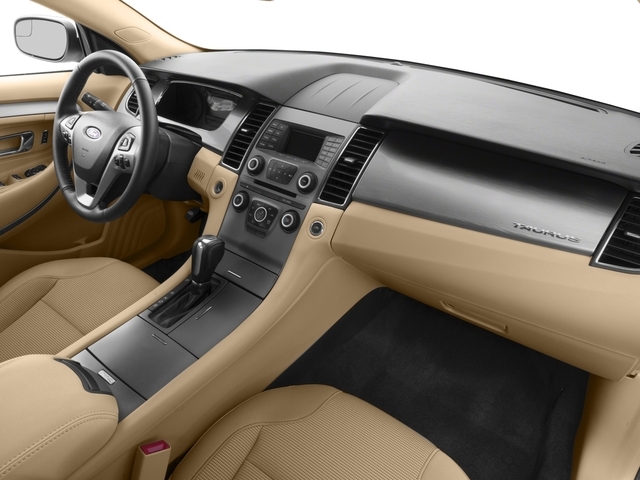
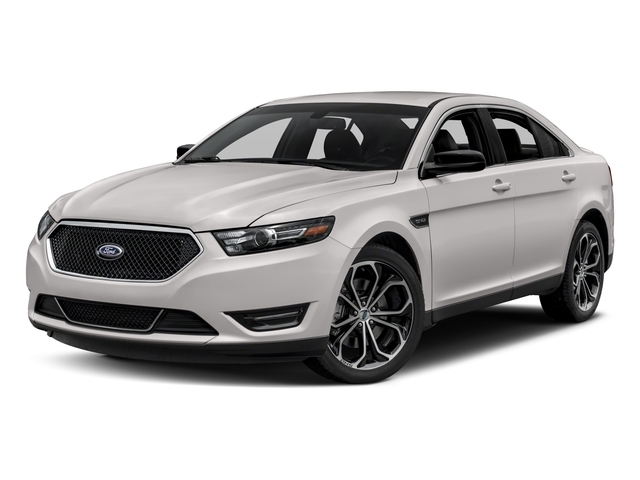
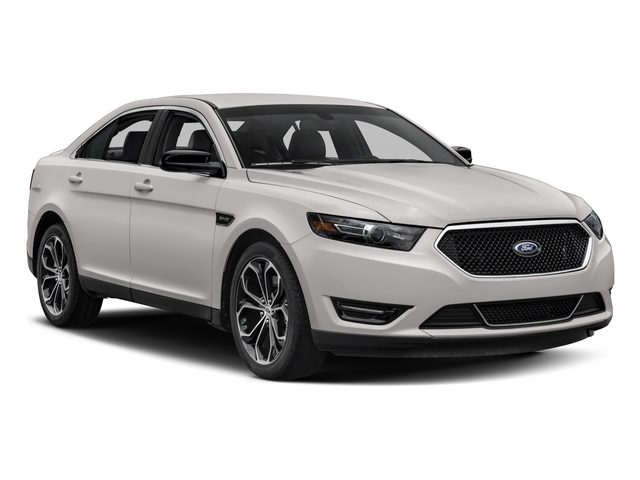
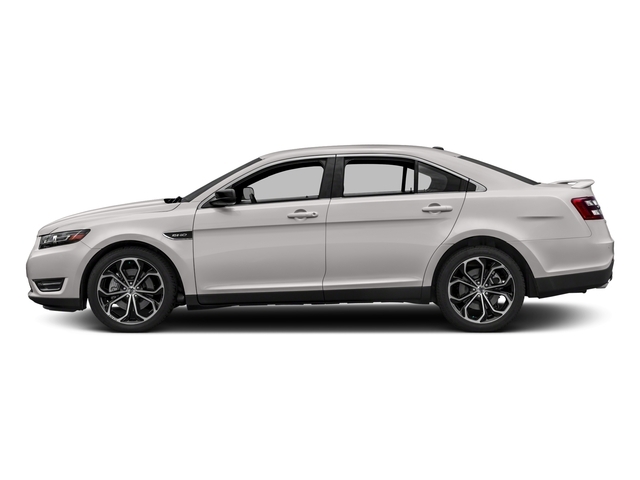
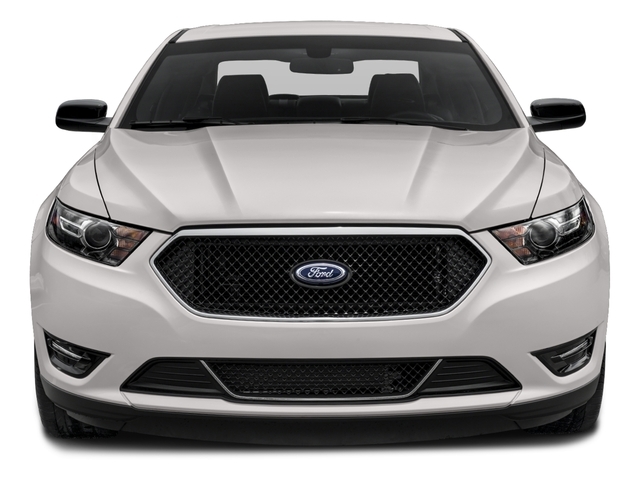
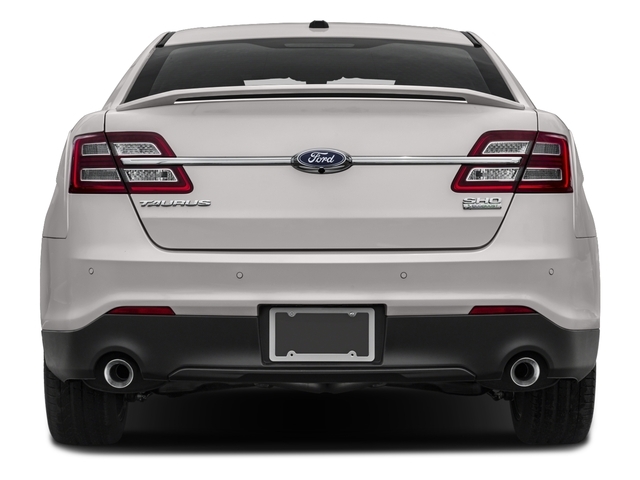
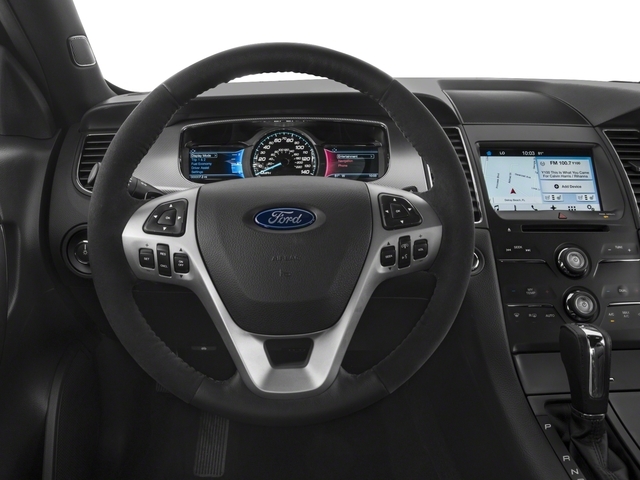


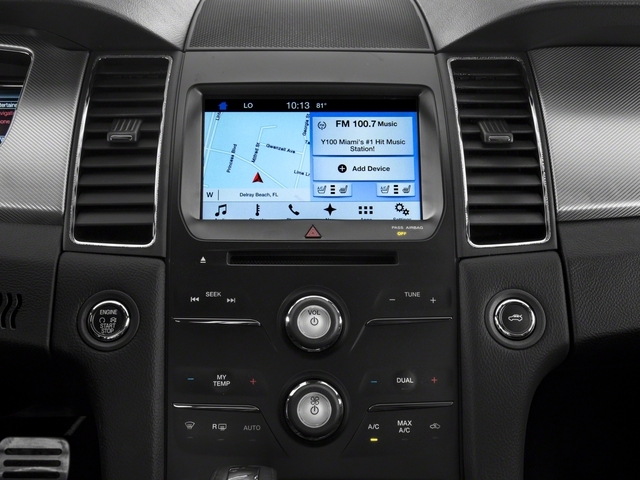
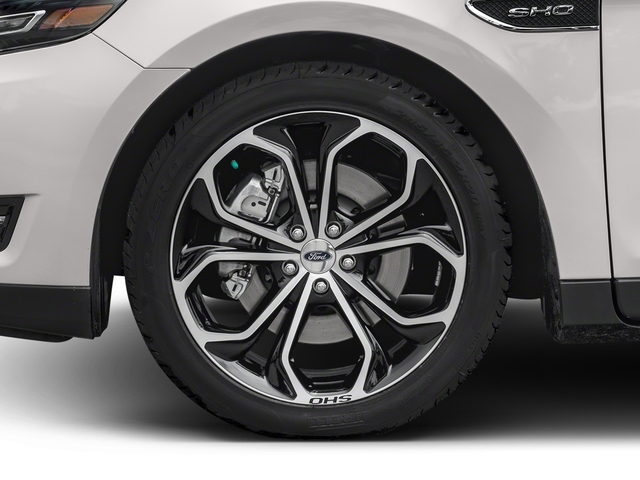
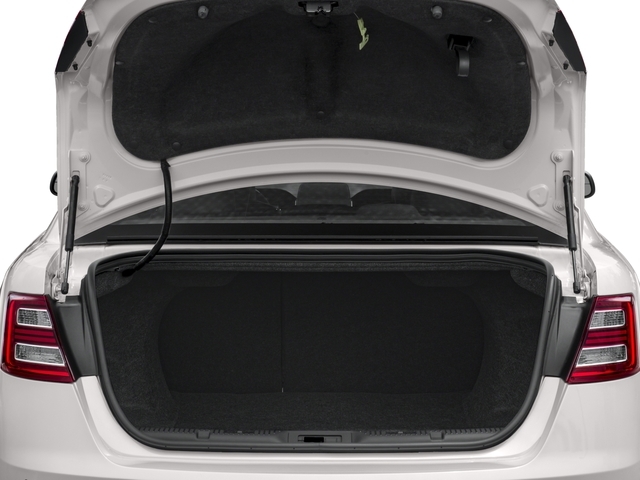
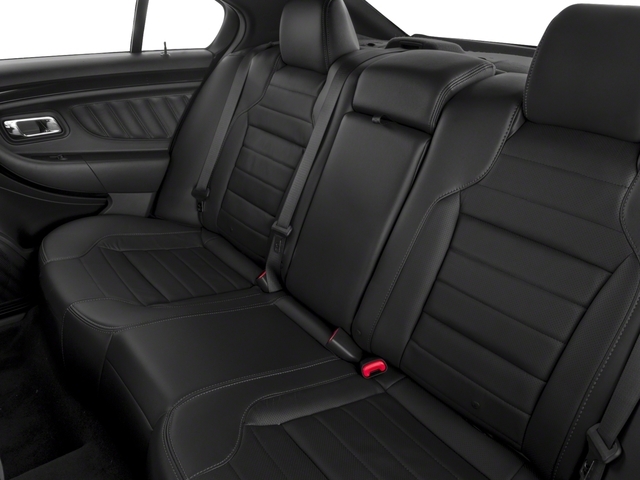
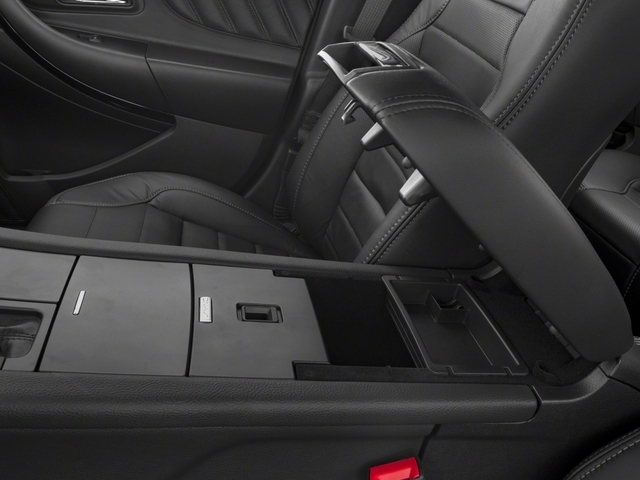
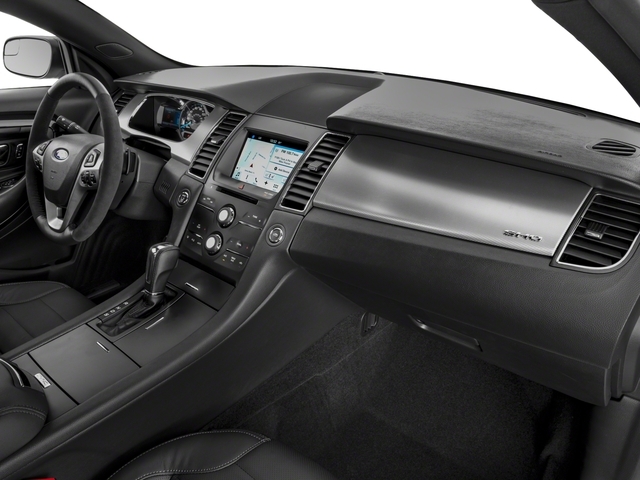
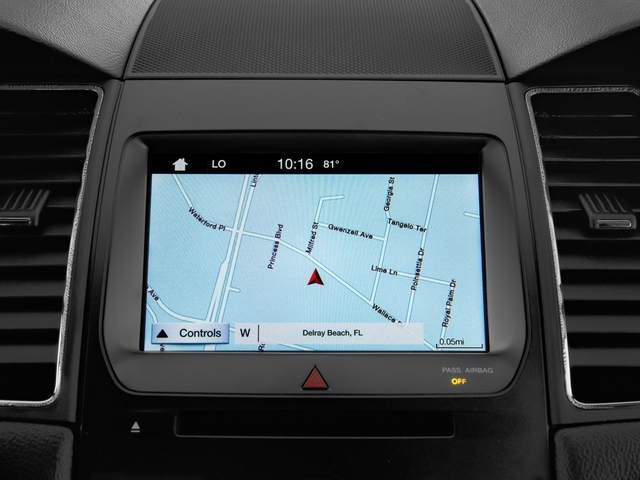





























AutoTrader Review


This vehicle has not yet been reviewed





